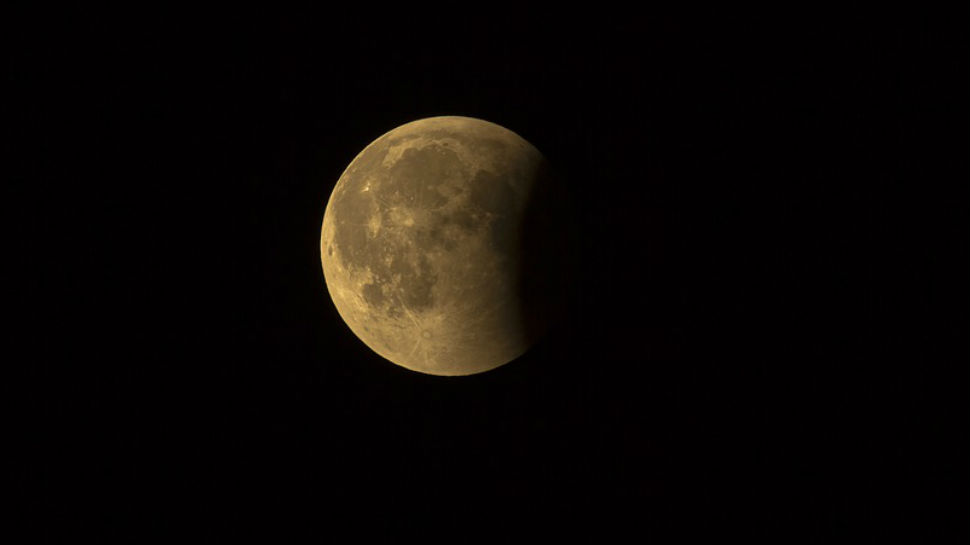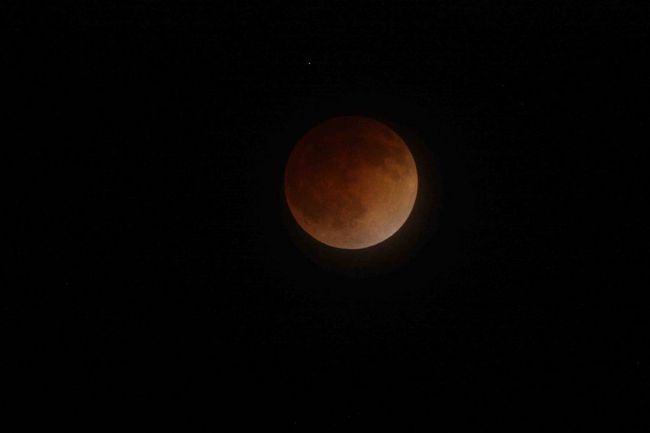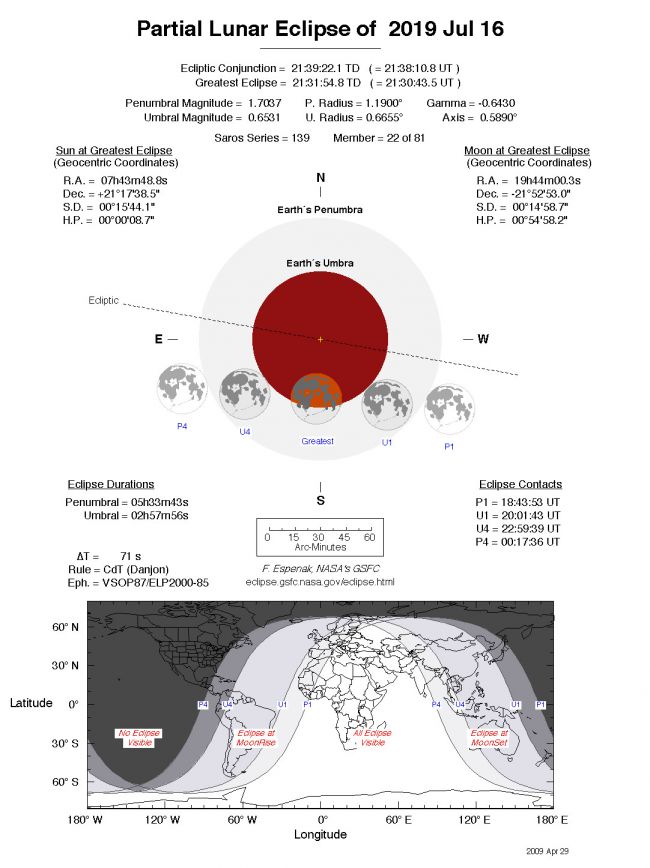Lunar Eclipse or commonly known as Chandra Grahan in India, is all set to make its appearance on July 16, Tuesday. It is going to be visible on this very day in several parts of the world and will also be witnessed from India too. The partial lunar eclipse is also going to be observed in most regions of Asia, including India as well as in Europe, Africa, Australia, and South America.
Lunar Eclipse Live Streaming 2019
The Chandra Grahan (lunar eclipse), for the first time, after 149 years is going to coincide with Guru Purnima which is also going to be happen on 16 July. Some reports states that this is going to be the last lunar eclipse of 2019. Although, partial lunar eclipse is going to be visible from all over India from the beginning to the end but it will not be visible in the extreme north-eastern part of Arunachal Pradesh.
What is a lunar eclipse?
A lunar eclipse is a natural phenomenon that takes place when the Earth comes in the middle of the Sun and the Moon. After this, it further results in the shadow of Earth being cast on the Moon.
For the duration of a partial lunar eclipse, the shadow of the Earth passes only through a part of the Moon, which then further results in a large dark spot that makes it appear as though a portion of the Moon has been bitten off.
When to watch Lunar Eclipse 2019?
The partial lunar eclipse is going to start at 12:13 am on Wednesday, July 17. On the other hand, the eclipse is going to barely be visible at that time. But after an hour, the partial lunar eclipse will start getting visible from 1:31 am.
The eclipse will gradually develop in intensity up till it extents ‘maximum eclipse’ at 3 am. The eclipse will then end by 5:47 am.
Global Event: Partial Lunar Eclipse
Local Type: Partial Lunar Eclipse, in New Delhi
Begins: Wed, 17 Jul 2019, 00:13
Maximum: Wed, 17 Jul 2019, 03:00 0.65 Magnitude
Ends: Wed, 17 Jul 2019, 05:42
Duration: 5 hours, 28 minutes
How to watch the upcoming lunar eclipse?
You can watch this upcoming lunar eclipse from nearly everywhere in India in perfect atmospheric conditions. It is also anticipated that the monsoon clouds may possibly come in the way of watching the lunar eclipse.
| Time | Phase | Event | Direction | Altitude |
|---|---|---|---|---|
| 00:13Wed, 17 Jul | Penumbral Eclipse beginsThe Earth’s penumbra start touching the Moon’s face. | 38.7° | ||
| 01:31Wed, 17 Jul | Partial Eclipse beginsPartial moon eclipse starts – moon is getting red. | 36.2° | ||
| 03:00Wed, 17 Jul | Maximum EclipseMoon is closest to the center of the shadow. | 26.6° | ||
| 04:29Wed, 17 Jul | Partial Eclipse endsPartial moon eclipse ends. | 12.6° | ||
| 05:42Wed, 17 Jul | Setting | MoonsetSetting | -0.2° | |
| 05:47Wed, 17 Jul | Not directly visible | Penumbral Eclipse endsBelow horizon | -1.1° |
Also, the website Timeanddate.com is also going to be running a livestream on its YouTube channel where you can watch the lunar eclipse live.
How Lunar Eclipse different from Solar Eclipse?
The phenomenon behind the solar eclipse is basic as it occurs when the Sun, Moon as well as Earth are all in a straight line in such a manner that the Moon blocks the rays of the Sun to reach the Earth’s atmosphere. In a total eclipse, the disk of the Sun is completely covered by the Moon. In partial and annular eclipses, only part of the Sun is covered.
For the duration of a solar eclipse, it is the Moon that comes in the middle of the Sun and the Earth. Either, the Moon partially or fully blocks sunlight from getting Earth atmosphere, making the appearance of a large ring of fire in the sky.
A solar eclipse is unsafe to look at with the naked eye whereas, lunar eclipse are safe to watch with the naked eye. Also, solar eclipse is only visible in some part of the world, while lunar eclipses, on the other hand is visible from large parts of the world.









